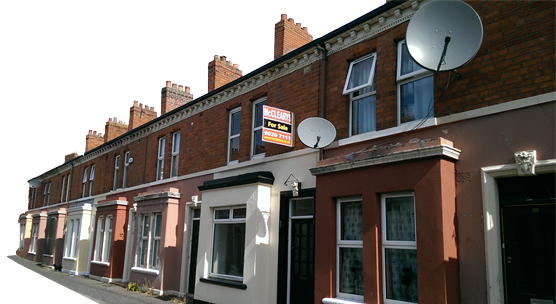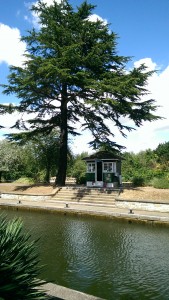Trees and shrubs can damage the foundations of the property causing subsidence. Management of trees is essential to ensure you don’t make the problems even worse
One of the most common causes of subsidence damage to property is from clay shrinkage. Clay is approximately 1/3 water and can dry out by trees and shrubs drinking the clay dry, a problem which is intensified during long hot summers.
Most of us love trees but they have their place – and their place is not too close to buildings where they can cause extensive damage.
The first sign of subsidence is usually the appearance of cracks in your home’s walls, either in the internal plasterwork or external brickwork. Many properties experience cracking from time to time, but this is not necessarily evidence of subsidence:
Buildings naturally shrink and swell in response to changes in temperature and humidity, leading to minor cracks where walls and ceilings meet new homes and recently built extensions often experience cracking as the structures settle under their own weight
Fine cracks are also common in freshly plastered walls as they dry out
How to tell if your property is subsiding
Subsidence cracks are quite distinctive from other cracks. They usually appear suddenly, especially after long periods of dry weather, and tend to be:
Diagonal, and wider at the top than at the bottom
Thicker than a 10 pence coin
Found around doors and windows
Subsidence may also cause doors and windows to stick as the building’s structure becomes distorted.
If it has been determined that a tree is causing damage to the foundations of a property due to shrinkage of clay subsoil beneath the foundations there are several options to take including topping, removal, thinning, pollarding. Sometimes a physical root barrier will be recommended but this is often considered the least effective and it has the tendency to be a more expensive option. A qualified arborist will advise you or your insurers as to the best method of handling a tree in your own situation.
If the tree is not in your own garden then it is best to engage in a non-confrontational conversation with your neighbours to discuss the best outcome. If their tree is causing damage to your property then it is their obligation to rectify the situation. A usual course of action will be the management of the tree with regular pruning to ensure it doesn’t make problems worse. Again, a qualified professional will give advice as to how deal with the tree. In some instances it will be recommended that the tree or shrub is removed completely. If you are experiencing problems with a tree or shrub then don’t remove it straight away, make sure you take advice as removal of a tree may make matters worse. A mature willow tree, for example, can drink up to 400 gallons of water per day in growing season. If you remove this tree then that is 400 gallons pf water per day that is no longer being taken from the ground and the ground may become water logged. This can cause the soil / clay in the area to absorb the water, swelling it and causing heave (the upwards movement of the ground and the opposite of subsidence).
Should the trees or shrubs within the boundary of the neighbouring property cause direct or indirect damage to any building or property within your own boundary, you or your insurers can seek to hold your neighbour negligent and seek recovery for the cost of associated damage and repair.
If you suspect that trees or shrubs are causing damage to your property then you need to take action as soon as possible. Speak to a qualified arborist and if you have property insurance that covers subsidence then call them as well as you may need to make a claim.





